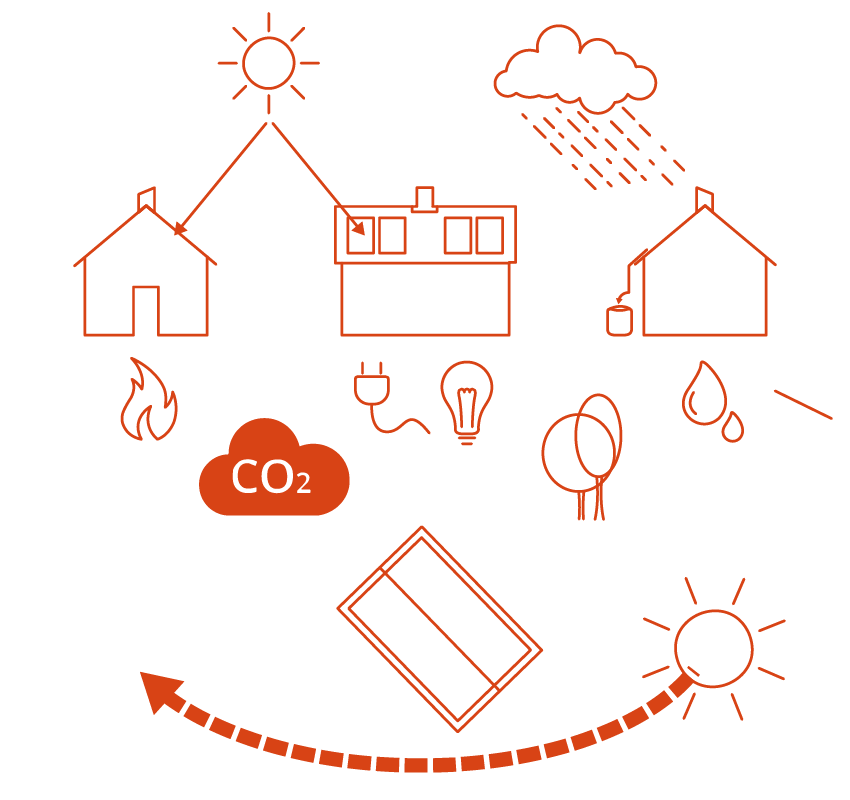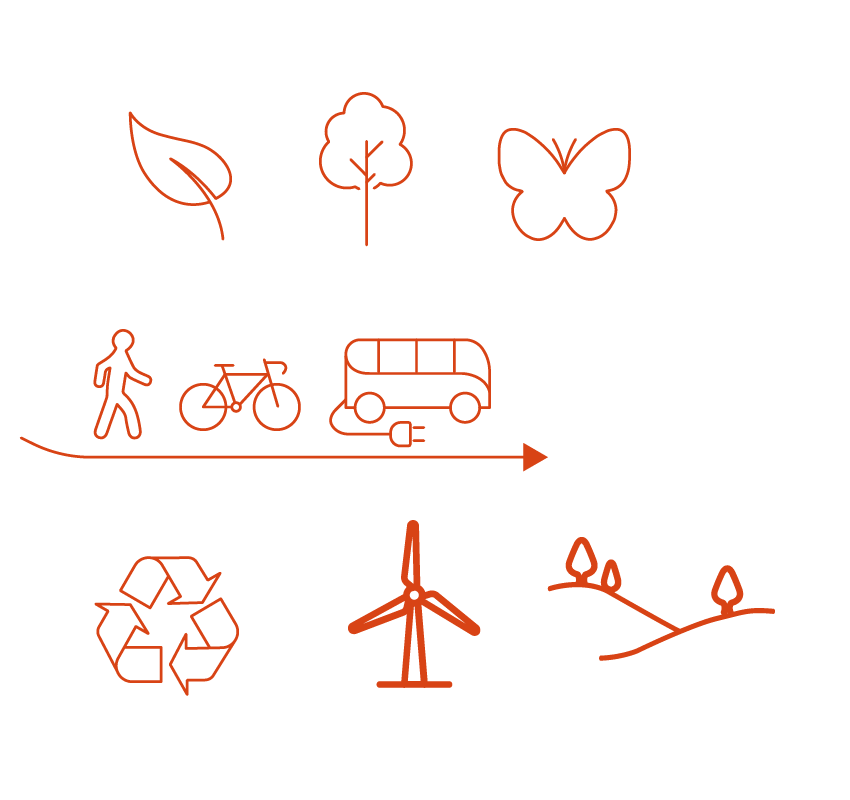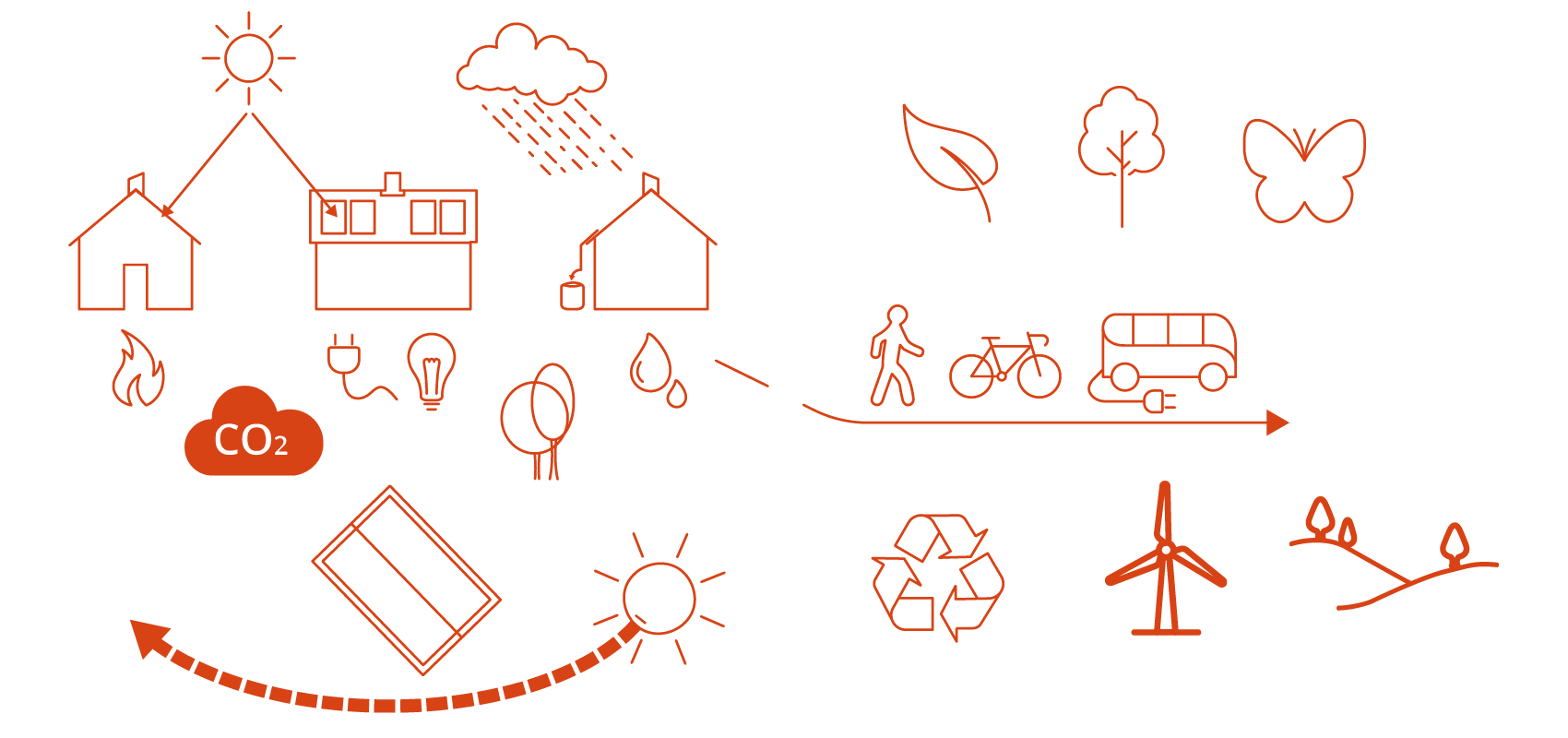Overview
What is sustainable development?
Sustainable development has many complex and interwoven dimensions to it that must be considered from the earliest stages of development, as the potential environmental impacts are significant.
The widely accepted definition of sustainable development is:
“...development that meets the needs of the present without compromising the ability of future generations to meet their own needs” (Brundtland Commission Report, 1987)
The built environment in the UK has a significant impact on our environment (based on evidence from London Energy Transformation Initiative, LETI):
- 45% of total UK carbon emissions (27% from domestic buildings and 18% from non-domestic);
- 72% of domestic emissions arise from space heating and the provision of hot water;
- 32% of landfill waste comes from the construction and demolition of buildings;
- 13% of products delivered to construction sites are sent directly to landfill without being used.
What is a Climate Emergency?
In May 2019, the UK Government declared a climate emergency and proposed amendments to the Climate Change Act 2008, following recommendations made by the Committee on Climate Change.
Background and legislation
Subsequently, in June 2019, parliament passed legislation requiring the government to reduce the UK’s net emissions of greenhouse gases (GhG) by 100% relative to 1990 levels by 2050.
In November 2020, the ten-point plan for a green industrial revolution was published. The plan sets out the approach government will take to build back better, support green jobs, and accelerate our path to net zero.
Both South Oxfordshire and the Vale local authorities declared Climate Emergencies in 2019. Here are the climate action targets for the districts:
South Oxfordshire - Climate emergency
Vale of White Horse - Climate emergency
South Oxfordshire and the Vale are also both signed up to the carbon reduction targets of the Oxfordshire Energy Strategy , which committed to a 50% reduction in carbon emissions by 2030.
Climate emergency is also directly linked to other matters, such as declines in biodiversity.
Further information can be seen here: South Oxfordshire - Ecological Emergency


